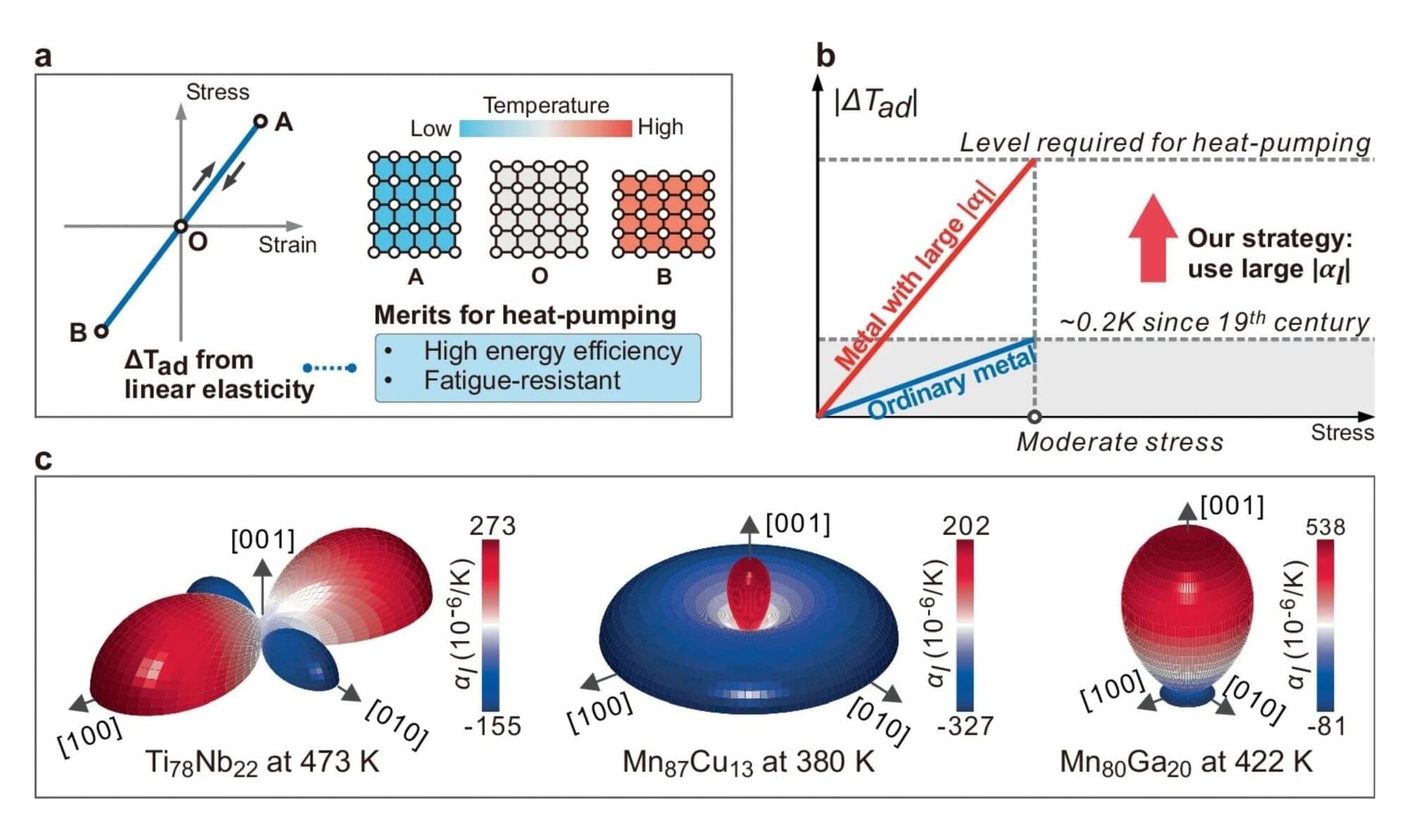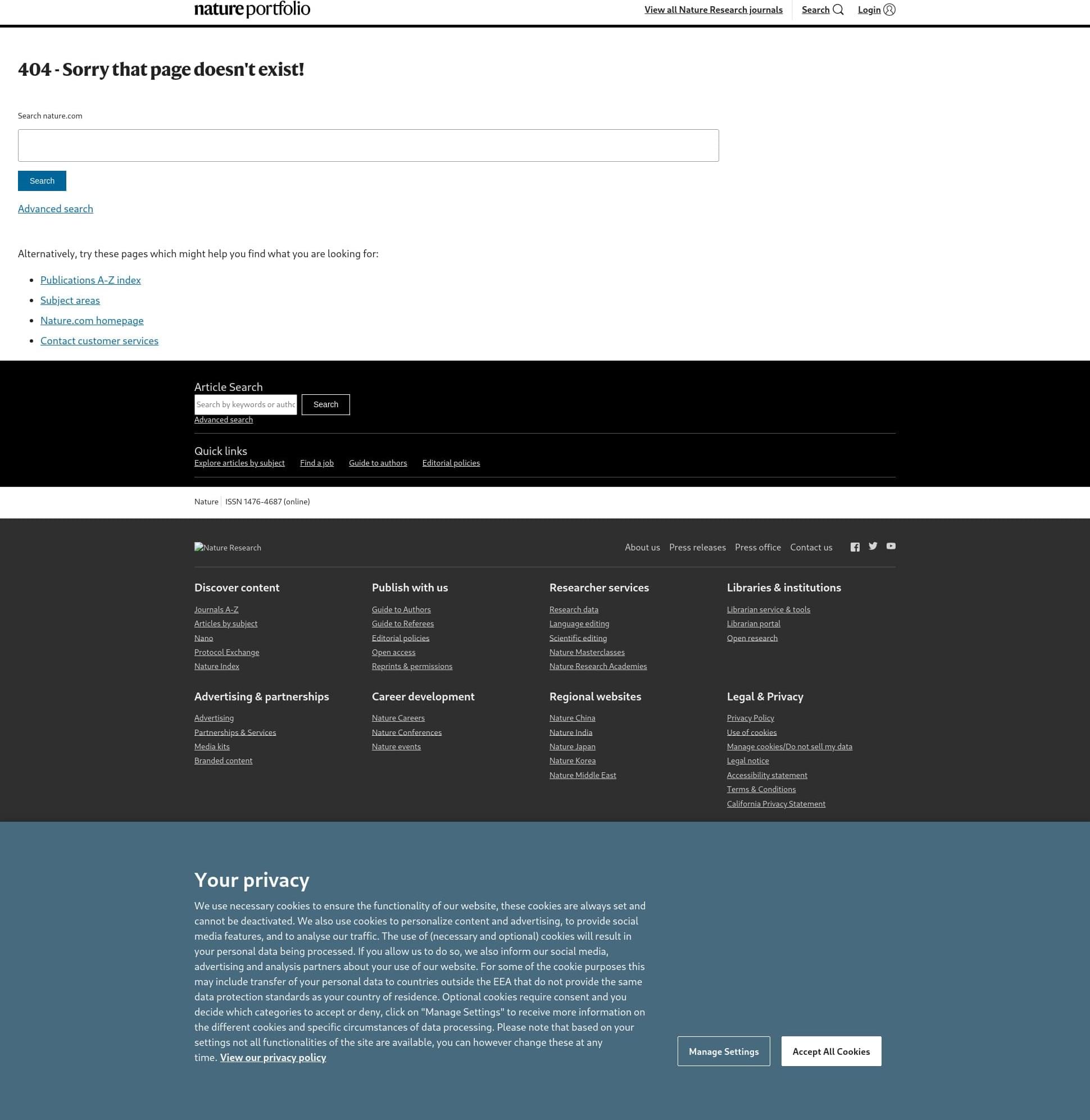The advent of GenAI in software is exposing long-standing issues with the industry’s traditional pricing and monetization approaches.




Researchers at the School of Engineering of the Hong Kong University of Science and Technology (HKUST) have developed a novel elastic alloy called Ti78Nb22, which achieves remarkable efficiency for solid-state heat pumping and exhibits a reversible temperature change (ΔT) ability that is 20 times greater than that of conventional metals when stretched or compressed, offering a promising green alternative to traditional vapor-compression heating and cooling technologies.
Only a tiny fraction of the deep ocean is explored, leaving 66% of Earth’s surface largely unseen. Researchers urge global, inclusive efforts to map and protect this vast and vital ecosystem. In a groundbreaking study published in Science Advances, researchers from the Ocean Discovery League reve

Slight variations in a person’s pulse rate could give clues about the likelihood of future cognitive decline, according to a new study, potentially giving us a valuable new test for cognitive problems that would be quick and easy to run.
This is something that researchers invest a lot of time in, because knowing when cognitive decline might start, and how it may progress, means better support and more clarity for those involved. Along the way, it also reveals new insights into how these conditions develop, and how they might be stopped for good.
In this study, an international team analyzed pulse rate data across a night of sleep from 503 individuals with an average age of 82. Cognitive tests were also carried out around that same time, as well as in at least one follow-up visit.
#AbSciCon22 — Origins and Exploration: From Stars to CellsAbSciCon, the conference brings the astrobiology community together every two years to share resear…
Trained from birth by the State, he has never known love, or closeness, or warmth. He…


Harvard University has been kneecapped, there will be no U.S. university that’s left in the top 10.
The Nature Index tracks the affiliations of high-quality scientific articles. Updated monthly, the Nature Index presents research outputs by institution and country. Use the Nature Index to interrogate publication patterns and to benchmark research performance.
